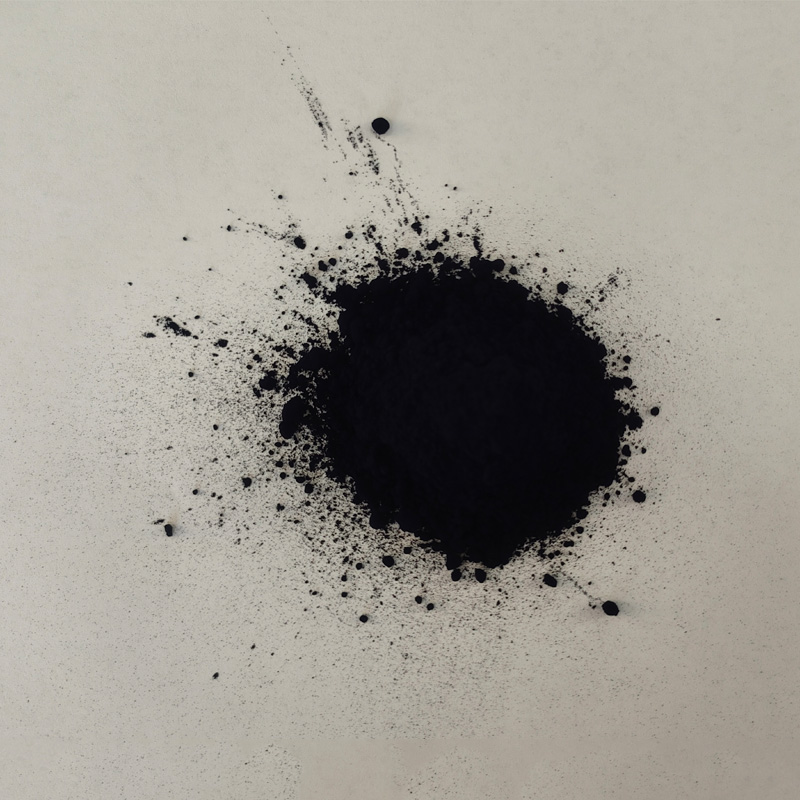Exploring the Benefits and Uses of Natural Indigo Dye in Sustainable Products
The Allure of Indigo Dye and Its Natural Products
Indigo dye, derived from the leaves of the Indigofera plant, has a rich history that spans thousands of years and has impacted cultures worldwide. Known for its vibrant blue hue, indigo dye is not just a colorant; it embodies a palette of traditions, artistry, and natural products that have captivated both artisans and consumers alike.
Historical Significance
The use of indigo dye dates back to ancient civilizations in Asia, Africa, and the Americas. Historical records show its use in places like India, where it played a crucial role in traditional textile production. Its deep, rich color was highly coveted, often associated with royalty and the elite. The labor-intensive process of producing indigo dye meant it was a luxury item. Similarly, in West Africa, indigo was used in ceremonial garments, symbolizing status and cultural identity.
The Process of Extraction
Indigo dye is extracted through a fascinating process. The leaves of the Indigofera plant are harvested and then fermented to create a natural dye. This fermentation process converts indican, a compound found in the leaves, into indigo. The dye itself is insoluble in water, which is why it requires a specific technique to be applied effectively to textiles. The traditional method involves creating a dye vat, where the indigo is reduced into a soluble form, allowing artisans to dye their fabrics. The fabric must be submerged and then exposed to air to develop the characteristic blue color. This process highlights the intricate relationship between nature and craftsmanship.
Natural Products and Sustainability
As the world increasingly turns towards sustainable practices, natural dyes like indigo are gaining renewed attention. Unlike synthetic dyes, which can contain harmful chemicals, indigo dye is biodegradable and environmentally friendly. This makes it an appealing choice for eco-conscious consumers and brands.
indigo dye natural products

Natural indigo products range from textiles and garments to home décor items. The resurgence of interest in handmade, artisanal goods has led to a revival of traditional dyeing techniques. Many artisans are now producing indigo-dyed fabrics using centuries-old practices, ensuring that the cultural heritage associated with indigo is preserved. These products not only showcase the beauty of indigo but also tell the story of the communities and countries from which they originate.
Health and Wellness Benefits
Beyond aesthetics, indigo dye possesses properties that are beneficial to health and wellness. Traditionally, the leaves of the Indigofera plant were used in herbal medicine. Research has indicated that indigo may help with various ailments, including skin conditions and inflammation. The natural antiseptic properties attributed to indigo make it a valuable addition to skincare products. Today, some beauty brands are incorporating indigo in their formulations, tapping into its historical significance and natural benefits.
The Modern Indigo Movement
The modern movement towards natural, hand-dyed indigo products is gaining momentum. Designers and brands are seeking to create sustainable fashion, using indigo dye as a central element. Collaborative projects between artisans and fashion designers are emerging, showcasing the craftsmanship of traditional dyeing processes while meeting contemporary design aesthetics.
Consumers are increasingly drawn to the individuality of indigo-dyed products. Each piece tells a unique story and carries an authenticity that mass-produced items often lack. The variations in shade and pattern ensure that no two pieces are alike, making indigo-dyed goods highly desirable.
Conclusion
Indigo dye is more than just a vibrant blue; it is a bridge connecting past to present, nature to culture, and tradition to innovation. As awareness around sustainability grows, indigo offers an opportunity to embrace a more thoughtful approach to consumption while honoring the artisans and the environment. Whether through textiles, skincare, or home goods, the allure of indigo dye continues to weave its way into the fabric of modern life, reminding us of the beauty and heritage found in natural products.
-
The Timeless Art of Denim Indigo Dye
NewsJul.01,2025
-
The Rise of Sulfur Dyed Denim
NewsJul.01,2025
-
The Rich Revival of the Best Indigo Dye
NewsJul.01,2025
-
The Enduring Strength of Sulphur Black
NewsJul.01,2025
-
The Ancient Art of Chinese Indigo Dye
NewsJul.01,2025
-
Industry Power of Indigo
NewsJul.01,2025
-
Black Sulfur is Leading the Next Wave
NewsJul.01,2025

Sulphur Black
1.Name: sulphur black; Sulfur Black; Sulphur Black 1;
2.Structure formula:
3.Molecule formula: C6H4N2O5
4.CAS No.: 1326-82-5
5.HS code: 32041911
6.Product specification:Appearance:black phosphorus flakes; black liquid

Bromo Indigo; Vat Bromo-Indigo; C.I.Vat Blue 5
1.Name: Bromo indigo; Vat bromo-indigo; C.I.Vat blue 5;
2.Structure formula:
3.Molecule formula: C16H6Br4N2O2
4.CAS No.: 2475-31-2
5.HS code: 3204151000 6.Major usage and instruction: Be mainly used to dye cotton fabrics.

Indigo Blue Vat Blue
1.Name: indigo blue,vat blue 1,
2.Structure formula:
3.Molecule formula: C16H10N2O2
4.. CAS No.: 482-89-3
5.Molecule weight: 262.62
6.HS code: 3204151000
7.Major usage and instruction: Be mainly used to dye cotton fabrics.

